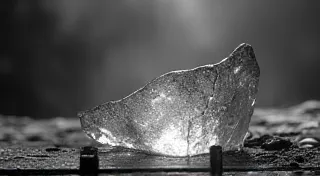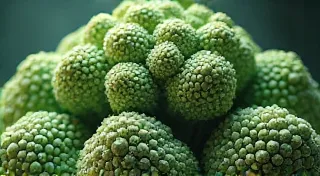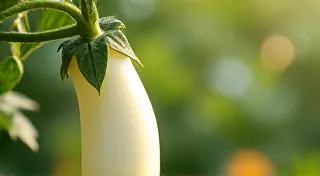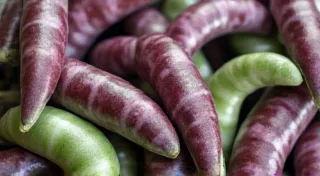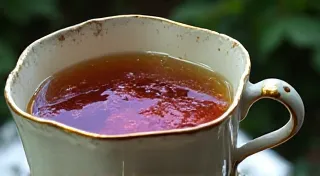Purple Basil: Adding a Pop of Color to Your Herb Garden
Beyond the familiar green, the herb garden can burst with unexpected color. Purple basil, with its striking foliage and captivating fragrance, is a perfect example. This isn't just a pretty face; purple basil offers all the flavor and versatility of traditional basil while adding a dramatic visual impact to your garden and kitchen. Let’s explore how to grow this stunning variety.
Why Grow Purple Basil?
Aside from the obvious visual appeal, purple basil offers several benefits. It tends to be slightly more heat tolerant than green basil, often performing better in warmer climates. The intense color also hints at a richer concentration of anthocyanins, potent antioxidants found in many colorful fruits and vegetables. And of course, the unique hue adds a delightful element of surprise to your culinary creations, from pesto to salads.
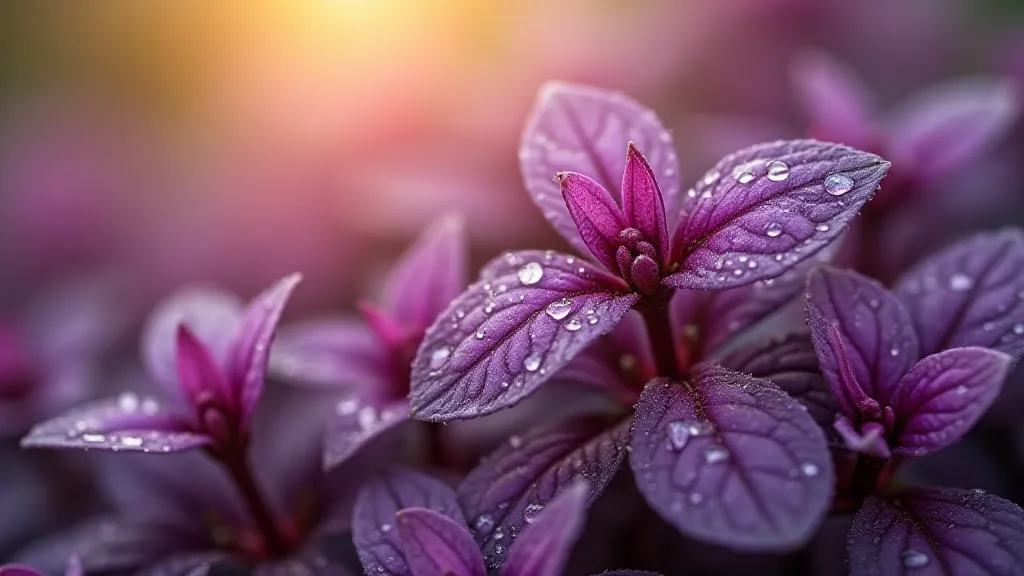
Popular Purple Basil Varieties
Several wonderful purple basil varieties are available for gardeners:
- Red Rubin: Perhaps the most well-known, Red Rubin boasts deep purple foliage and a robust, classic basil flavor. It's incredibly reliable and grows well in various conditions.
- Dark Opal: This variety offers an even darker, almost black-purple hue. It has a slightly spicier flavor than Red Rubin, making it perfect for bold sauces and pestos.
- Purple Spice: As the name suggests, Purple Spice has a unique, spicy flavor with hints of anise. Its foliage is a lighter shade of purple compared to Red Rubin or Dark Opal.
- Twistalicious: A curly-leafed purple basil, this variety adds texture and visual interest to your garden and dishes.
Growing Purple Basil: Essential Care Tips
Growing purple basil is relatively easy, but here are some key considerations for success:
- Sunlight: Basil thrives in full sun – at least 6-8 hours of direct sunlight per day.
- Soil: Well-draining, fertile soil is crucial. Amend heavy clay soils with compost or other organic matter. A slightly acidic soil pH (around 6.0-7.0) is ideal.
- Watering: Keep the soil consistently moist, especially during hot weather. Water deeply when the top inch of soil feels dry.
- Fertilizing: Feed your basil every few weeks with a balanced organic fertilizer to promote healthy growth and vibrant color.
- Pinching: Regularly pinch off the flower buds to encourage bushier growth and prolong the harvest.
- Starting from Seed vs. Transplants: Basil can be started from seed indoors 6-8 weeks before the last frost or purchased as a transplant from a local nursery.
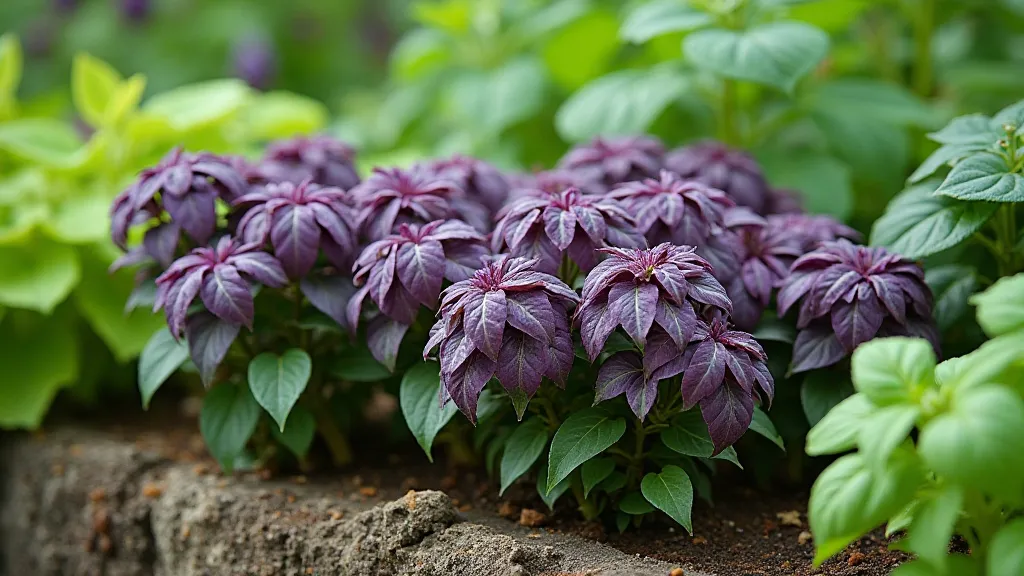
Culinary Uses for Purple Basil
Beyond its beauty, purple basil is a culinary delight. While the flavor is generally similar to green basil, some find the purple varieties to have a slightly more intense aroma and a hint of pepperiness. Here are a few ideas for incorporating it into your cooking:
- Pesto: The most classic use! The purple hue transforms traditional pesto into a visually stunning dish.
- Salads: Add a few chopped leaves to salads for a pop of color and flavor.
- Caprese Salad: Swap out regular basil for purple basil in a Caprese salad for a stunning presentation.
- Tomato Sauce: Add chopped basil to your favorite tomato sauce for extra flavor and a beautiful color contrast.
- Infused Oils and Vinegars: Infuse olive oil or vinegar with purple basil for a unique and flavorful condiment.
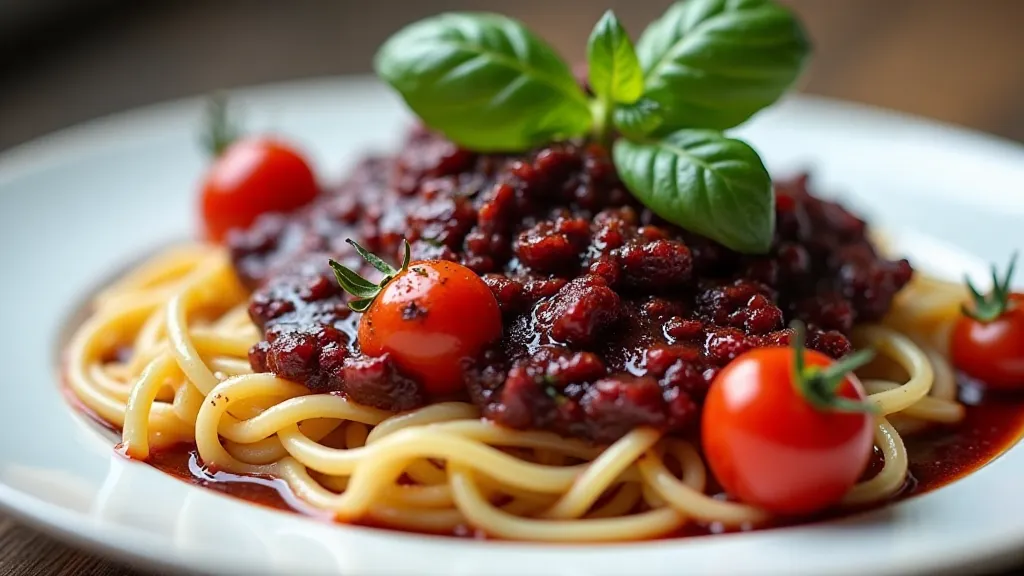
Design Considerations
Purple basil is more than just a culinary ingredient; it’s a valuable asset to garden design. Its intense color can be used to create visual impact within borders, container gardens, or herb gardens. Pair it with contrasting colors like chartreuse or silver for a truly eye-catching display. Consider using it as a ‘thriller’ plant in container combinations for dramatic vertical interest.
